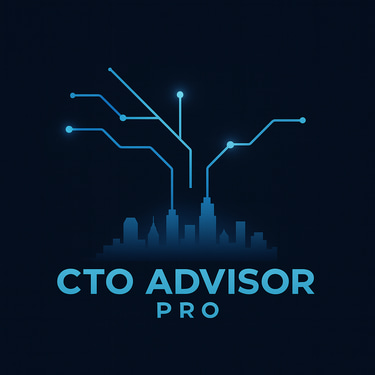How We Helped Companies Save Over $1.2 Billion
The 3 Mistakes Every Engineering Team Must Avoid
9/8/20253 min read


At CTO Advisor Pro, we’ve worked with more than 30 companies across startups, growth-stage ventures, and enterprise teams. Collectively, those engagements have translated into over $1.2 billion in saved costs—not by cutting corners, but by building smarter, leaner, and more scalable technology strategies.
What’s striking is that the same patterns kept emerging across different industries, different teams, and different tech stacks. Whether it was a Series A startup with a team of 15 engineers or a global organization with 200+, the root causes of overspending and slowed velocity were remarkably consistent.
In this post, we’ll share the top three mistakes we found during our technical audits and stack assessments—mistakes that silently drain budgets, slow product delivery, and create long-term technical debt.
Mistake #1: Over-Engineering the Tech Stack
The number one mistake we encounter is teams building for scale before they actually need it. It usually looks like this:
Multiple cloud platforms running in parallel “just in case.”
Redundant microservices that add complexity without adding value.
Tools and SaaS products bought for hypothetical future use, with little actual adoption.
While these decisions are often made with good intentions, the result is the same: bloated infrastructure costs, complex deployments, and a tech team that spends more time maintaining the stack than delivering new features.
👉 In one Series B SaaS company, we identified $2.8 million in annual savings just by consolidating unused cloud services and removing over-engineered microservices.
Lesson: Build for today’s scale, with an eye toward tomorrow. Don’t let “what if” scenarios dictate millions in unnecessary spending.
Mistake #2: Treating Technical Debt Like a Side Project
Every engineering leader acknowledges technical debt, but too many treat it as a “someday” problem. That’s how you end up with sprints dragging longer every quarter, escalating bug counts, and a frustrated engineering team.
We often find:
Old frameworks left running in production because “no one wants to touch them.”
Critical codebases without automated testing, making every release risky.
No system for measuring or prioritizing technical debt repayment.
In one financial services client, technical debt had reached a point where 40% of engineering hours were being spent on bug fixes and regressions. After restructuring their architecture and introducing a clear debt-repayment roadmap, their velocity doubled within six months.
Lesson: Technical debt isn’t a side project—it’s a strategic risk. Address it as part of your roadmap, not as an afterthought.
Mistake #3: Hiring a Full-Time CTO Too Early
This one often surprises founders. Many Series A and even Series B companies feel pressured to hire a full-time CTO at a $250K+ annual salary. But in most cases, what they really need is 15–20 hours a week of senior technical guidance.
Hiring a full-time executive too early creates three major risks:
Cost: Burning hundreds of thousands annually before you have the scale to justify it.
Misalignment: A senior hire with enterprise-level thinking may slow down a startup’s need for lean, pragmatic decisions.
Bureaucracy: Adding layers of leadership too early can actually stall execution.
Through our fractional CTO model, we’ve helped companies save over $150K annually each—while giving them the strategic oversight they need to accelerate product delivery.
Lesson: At early stages, fractional leadership outperforms full-time hires. Get the expertise you need without the overhead.
The Bottom Line: Smarter Engineering Decisions Pay Dividends
Over $1.2 billion saved isn’t just a headline—it’s proof that small adjustments in how companies approach their tech stack, technical debt, and leadership structure can translate into massive gains.
The takeaway is simple: growth-stage companies don’t fail because of bad products—they fail because of bad technical decisions.
That’s where we come in. Our free tech stack assessment is designed to highlight these risks before they spiral into multi-million-dollar mistakes.
If your engineering team is slowing down or your cloud bills keep climbing, it may not be about working harder—it may be about working smarter.
👉 Book your free tech stack assessment today and discover where your company could be saving millions.
Let's chat!

We respect your privacy. Your information will never be shared.
Expert Advice. Guaranteed Results. No fluff.
Fractional CTO Support | CTO Advisor Pro
20+ Years | $1.2B+ in Value Delivered | 250+ Clients
Transform
contact@ctoadvisorpro.com
© 2025. All rights reserved.
Reston, Virginia, USA
